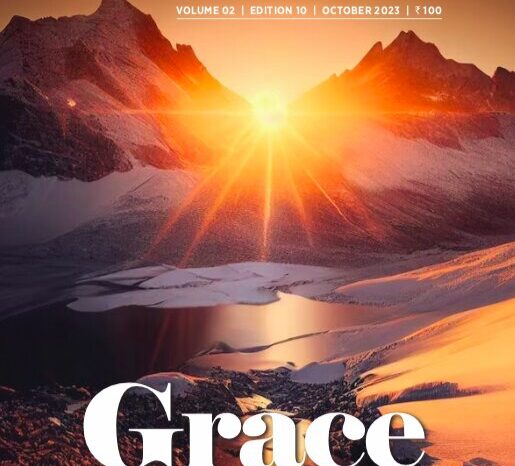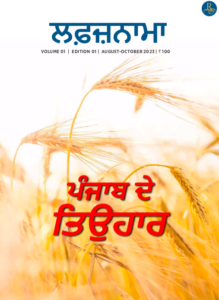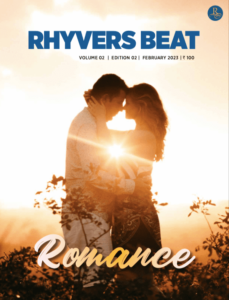HAIKU BLOSSOMS #23

GARRY GAY on Rengay Writing
Dear Readers, in #22, we met ai li, creator of Cherita, Gembun and Dua, three unique storytelling short form genres. Now I bring you another great poet who has created RENGAY—a collaborative 6-verse poetry form.
Garry Gay invented the “rengay” in 1992 and I am honored to present its creator to you. Garry Gay was born in Glendale, California in 1951. He received a BPA degree from Brooks Institute of Photography in 1974 and has been a professional photographer since his graduation. He is skilled in all formats and has been creating digital images since 1993. His award winning Polaroid Transfers have hung in numerous juried art shows. Greatly influenced by Basho’s Narrow Road to the Deep North, he has steadily been writing haiku from 1975 to the present. He is one of the co-founders of the Haiku Poets of Northern California, serving as their first president from 1989-1990. In 1991 he was elected president of the Haiku Society of America. Garry Gay is the creator of the poetic form called Rengay, a linked haiku form usually written through a collaborative exchange. He currently lives in the California wine country, in a small town called Windsor, with his wife, Melinda, and daughter, Alissa.
In this article he kindly shares what a rengay is and how it is written:
Garry Gay on Rengay
So let’s start from the beginning. Rengay was introduced at the first major North American renku-writing session on August 9, 1992 in Foster City, California. The morning before the event took place, I had shown my friend Michael Dylan Welch the outline of what the form looked like. He was eager to try one. So, in a small coffee shop we wrote the first rengay, “Deep Winter.” I had been exploring alternatives to the longer renku. I was seeking a more intimate and thematic form. I knew I wanted a form that was able to stay in the moment much like a haiku yet have more depth than a haiku because of the perspective of two (or three) writers on the same theme. After playing around with different lengths and different combinations of two- and three-verse patterns, I felt one particular pattern to be the most workable in my mind. I purposefully had the poets trade places midway through the overall poem as to give each writer a position of power. One poet opens the poem, one poet closes the poem. Six verses seemed just right. Often the journals of the day would give a single writer a full page, either for their own work or for a haiku sequence. It stood to reason they would give a full page to two poets.
Name
Obviously, the name “rengay” was a wordplay on “renga” and my last name. All I did was hang a “y” on the end. But rengay are not renga or renku. And they are not meant to be. They are two completely different forms. You could even say one is an Eastern linking form and one is a Western linking form. But the rengay is very dependent on one’s ability to understand and write haiku. To write a good rengay you are probably a good haiku writer as well. Rengay, like haiku, rely on your ability at suggestive writing.
Structure
Let’s look at the rengay’s structure. Two (or three) writers participate in producing a six-stanza linked poem. The first writer (to be decided between them) starts off with a three-line verse. I suppose this could also be called the hokku. Then this is followed by the second writer with a two-line verse. Again, the first writer contributes a three-line stanza. Then the second writer writes a three-line stanza, followed by the first writer’s two-line verse, and again by the second writer with the final three-line stanza. Thus, for two writers the progression is as follows, with the letters representing the poets and the numbers indicating the number of lines in the given verses:
A-3, B-2, A-3, B-3, A-2, B-3
The pattern for three poets is as follows:
A-3, B-2, C-3, A-2, B-3, C-2
So a rengay is a collaborative six-verse linked thematic poem written by two or three poets alternating three-line and two-line haiku or haiku-like stanzas in a regular pattern or form. It is really important to keep in mind that each verse is really a standalone haiku in either three or two lines. Many haiku writers don’t write two-line haiku very often, so these can be the most challenging. Sometimes they are also the glue that holds the rengay together.
Theme
The rengay lets you explore a topic or theme or to stay in one place or season. They are very effective in celebrating a special occasion like a wedding or event like the 50th anniversary of the Golden Gate Bridge. I find that many people are writing them while working with a larger group on a renku, as there is often a lot of time while waiting for others to offer renku verses.
There are a number of ways to approach the theme or central topic of a rengay. You and your writing partner can each suggest a theme you’re interested in, like writing on a certain kind of bird or a color like blue or things that are blue. Or you can take a walk or hike and write about some shared experience or simply offer each other starting verses until one is acceptable to both of you. You can also write about a shared experience but maybe one not experienced together at the same time, like the topic of lakes, but in different areas. Keep in mind that your verses don’t always have to link back to the last verse as long as it links to the central theme.
Linking and Shifting
This lends me to linking and shifting. Linking and shifting can be quite fun in rengay. Remember that you are looking at the same subject but from a variety of angles. You can link back to the previous verse or link to the thematic topic. It is possible for all six verses to link to the topic and not link back to each other. Shifting is where you need to take the most care. While you can easily shift away from the previous link, if you shift too far away, the overall poem will not make sense. Some shifting will add natural tension to the poem. Some shifting will keep your writing partner guessing on where you are going. Sometimes shifting away can be playful but again if you go too far you will lose your reader (and maybe your writing partner too). While you may shift away, your partner may link back. Sometimes you want a blend of both linking back and shifting away. Your verse may suggest the one before while still exploring new ground or ideas.
Rewards
The fun part is talking over your verse or link. Does it communicate the mood of the poem? Did you use a similar word earlier? Advance the idea or concept of the poem? The whole process of writing together is where the real joy and satisfaction comes from. The communication between poets sharing their views and discussing their craft and ideas and viewpoints is very rewarding. Often each poet offers the other several verses and, between you, you agree on the verse that best carries the poem forward. Remember that this is a collaboration.
Ending
The last link is a very important verse. It often in some subtle way links back to the first verse, but it does not always do so. Sometimes in rengay, just as in haiku the ending is purposely left with that open-ended feeling.
Theme Development
Let me speak more on the topic of ‘theme’ in rengay. This is the whole point of the poem—theme development. I write with some poets who need to have an established theme before we start writing. Others have no idea where we might start but offer poems they have recently written from their journals. I know one poet who writes solo rengay yet the starting verse is taken from a haiku master’s famous poem. Sometimes I’ll meet with someone for a hike and as we write we offer possible starting verses. Something I think that you need to be aware of is a second theme or sublevel theme running through the poem. This is where I want you to take a look at the rengay “Snapshot,” which I wrote with Cherie Hunter Day:
[See photo at http://www.brooksbookshaiku.com/ggayweb/ggay52.html]
Snapshot
Cherie Hunter Day
Garry Gay
cropped photograph—
leaving my shadow
on the darkroom floor Cherie
from the bottom of the tray
your smile slowly develops Garry
pulling me closer
in front of the camera . . .
first date Cherie
pinned
on the bulletin board
your snapshot Garry
a roll of negatives . . .
the brightness of your dark eyes Cherie
self-timer
I join you
in the photograph Garry
Do you see two themes here? Yes, there are two themes here. The first subject is photography and the second subject is a developing relationship (no pun intended). Unlike many rengay, both these topics are very strong. But often the second theme is much more subtle. I have even written several rengay that have three themes going on, and once been in one with four themes. Four was way too many but fun to try. In most cases, two is enough. If the second theme is so subtle that no one sees it, though, I would have to call it unsuccessful. So try developing a second sub-theme. Again, of course, you need not do this, but it can add depth to your rengay.
Titles
Titles can be quite fun. They can be used in clever ways. Sometimes they just name the place where the poem took place like “Hammerhorn Lake,” which I wrote with Michael Dylan Welch and John Thompson:
Hammerhorn Lake
Michael Dylan Welch
John Thompson
Garry Gay
dragonfly wing
caught in a mud crack—
mountain lake Michael
lizard sunning itself
on a swimmer’s boat John
over the mountain
a small cloud
and its reflection Garry
between parted reeds
coon tracks Michael
bleached snail shells
crunching underfoot—
a drifting waterlily John
the wind dies down
to a cricket sound Garry
Or the title can suggest something going on in the poem without giving away the topic or theme. Sometimes the title is just taken from a line in the poem. Also, the title can be useful to point out that there is a very low-key second theme. The title can almost be the punch line for bringing the poem back to the beginning. It’s not until you have read the whole poem that you now understand what the title meant.
Other Devices
Unlike renku, there are no devices in the poem like flowers or moon positions. And there is no hard-and-fast rule against repeating the same word. Although I do try to avoid this, I have also purposefully repeated the same word in each verse. For the most part, if you are sticking to the theme and staying within the verse pattern, you’re doing fine.
Acceptance and Growth
The rengay’s acceptance worldwide shows that there was a need for such a thematic form of poetry. I think the energy and rush that comes from working intimately with another writer on developing the poem through a shared vision is what has gelled it into a successful form. A wonderful chemistry goes on between the poets as they share their possible verses and subtle changes and suggestions that leads to a deeper friendship between them.
———————————————/—————-/
I hope our readers will enjoy reading about this new collaborative form from its visionary creator—Garry Gay. I was privileged to interact with him at the rengay workshop during the Haiku North America Virtual Conference on October 16, 2021 and learnt much from him.
An excellent site to visit and read more about rengay writing shared by Garry:
http://www.baymoon.com/~ariadne/form/rengay.htm
I will share some more beautiful rengay in my next Haiku Blossoms column. Ciao, till then.
Neena Singh















